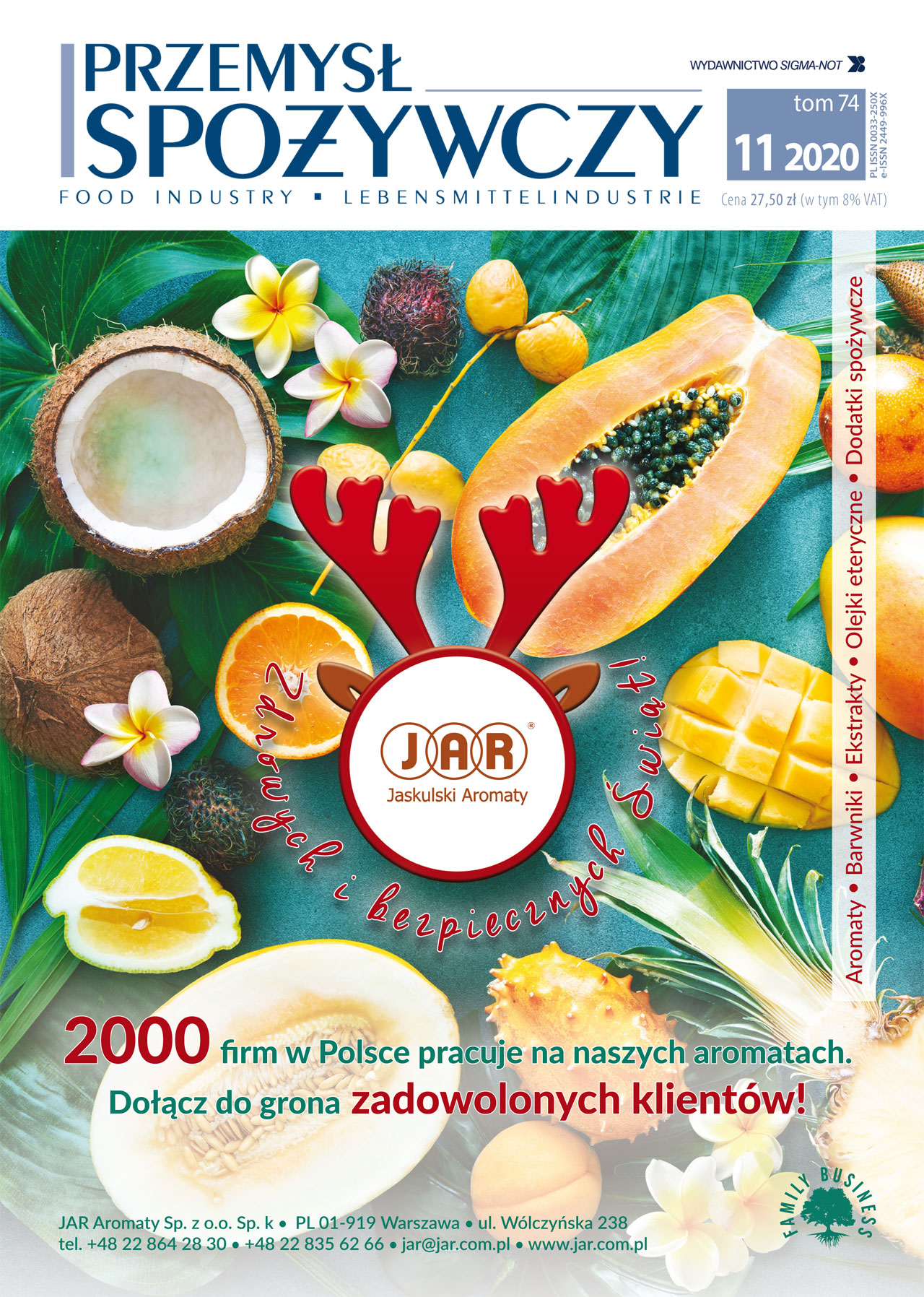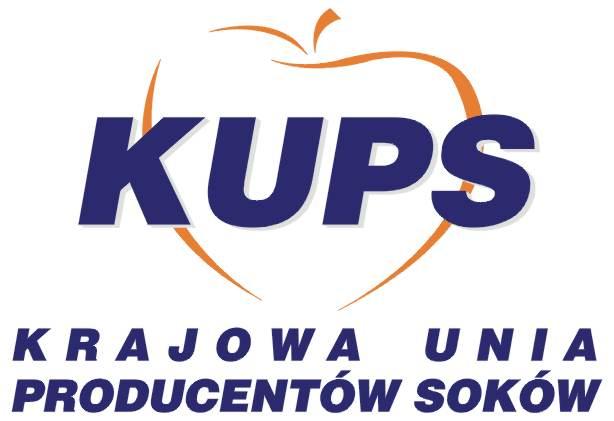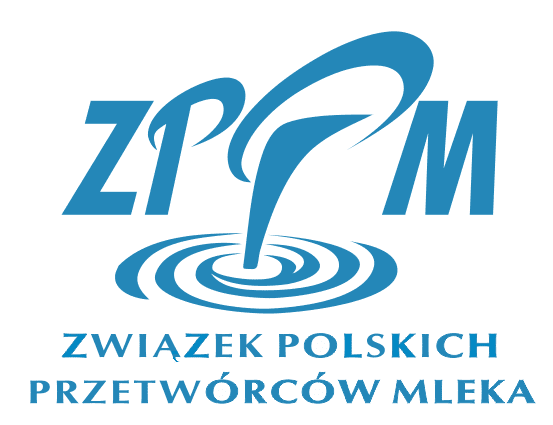ECONOMY
- 2 Income Elasticity of Demand for Food and Alcoholic Beverages in Poland – Mariola Kwasek (DOI 10.15199/65.2020.11.1)
The demand response to changes in consumer incomes is the income elasticity of demand. The aim of the article is to determine the correlation between consumer income and the consumption of food and alcoholic beverages in Poland in 2019. Attention was paid to the differentiation of income, expenditures and consumption of basic food products and alcoholic beverages in grand total households in Poland by quintile groups, with particular emphasis on households the poorest and richest people. In order to examine the regularities in food consumption depending on income changes, the income elasticity coefficients of demand were estimated. The conducted research shows that the increase in income does not cause the same changes in the demand for individual food and alcoholic beverages.
KEY WORDS: income, expenditures, food, alcoholic beverages, households
- 10 An Attempt to Estimate Food Loss and Waste in Poland – Sylwia Łaba, Beata Bilska, Marzena Tomaszewska, Robert Łaba, Krystian Szczepański, Agnieszka Tul-Krzyszczuk, Małgorzata Kosicka-Gębska, Danuta Kołożyn-Krajewska (DOI 10.15199/65.2020.11.2)
Food losses and food wastage occur at every stage of food production, beginning from basic manufacture of raw materials via processing, transport, storage, trade and gastronomy, and finally, at consumption stage. All mentioned links are responsible for food losses and waste however, their scale is different. The present paper provides an attempt of estimating the scale of food losses and waste in Poland based upon the results of the studies, conducted within the frames of PROM project. The analysis concerns the particular links of food chain and the selected sectors. The obtained results were also analyzed in the context of the so far available data for Poland as well as for other EU countries were also analyzed. The estimated amount of food losses in the food chain is 4 840 946 tons per year. The obtained estimates may be biased due to difficulties in obtaining data, especially from certain sectors, and too small a research sample. However, they indicate the largest – 60% share of households in wasting food, while the production and processing of food is 30% in total. These estimates indicate the directions of actions that should be taken in Poland in order to effectively counteract food waste and losses.
KEY WORDS: food losses, food waste, PROM project
LAW
- 21 Foods for Special Medical Purposes – Application and Legal Requirements – Adrianna Pląsek, Małgorzata Piecyk (DOI 10.15199/65.2020.11.3)
Food for particular nutritional uses is extremely important category of food used in nutritional treatment certain diseases, being partial or sole source of nourishment for specific groups of population. In recent years, the development of the market of this food has been observed and offer of products dedicated to use in specific disorders is continuously growing. Appropriate classification of certain products for medical food is possible only after thorough understanding of the legal regulations regarding this food category and the diseases in which nutritional treatment is applied. The article presents concept of nutritional treatment, industrial diets and their connection with foods intended for particular nutritional uses and discusses some diseases requiring the use of this food category. In addition, the current legal requirements for the definition, composition and labelling of this food category are presented.
KEY WORDS: medical foods, metabolic diseases, nutritional treatment, enteral nutrition
- 27 Food Intended for Sportspeople – Classification and Labelling – Marta Zawadka (DOI 10.15199/65.2020.11.4)
The article discusses the legal status and possible classification of sports food as well as the labeling requirements for products in this category. More than four years ago, operators marketing foodstuffs intended for sportspeople lost the possibility of classifying them as food intended for particular nutritional uses. Currently, the type of products in question is regulated by horizontal provisions of food law. Based on applicable regulations, sports food can be classified as a food supplement, fortified food or normal food. The specific qualification of the product will influence the content of the mandatory data to be included on the label. Such a dependence does not occur in the case of voluntary information, but it should be known that its provision is also subject to relevant regulations. In the category of food for sportspeople requirements for nutrition and health claims are particularly relevan
KEY WORDS: food for sportspeople, food supplements, fortified food, labelling
FOOD – FEEDING
- 32 Milk Ice Cream and Staphylococcal Food Borne Diseases – Justyna Płoska, Lidia Stasiak-Różańska, Antoni Stanisław Pluta (DOI 10.15199/65.2020.11.5)
Milk ice cream is a popular and well-liked delicacy, regardless of the age group. Consumption of ice cream in Poland remains high and increases mainly in the summer season. The aim of the article was to present the definition, composition and production process of milk ice cream, as well as describing the source of microbial contamination of ice cream. The problem of foodborne diseases caused by Staphylococcus, their causes and the most common symptoms were presented. The specificity of milk ice cream and thus the risk of poisoning with pathogenic microflora requires compliance with all safety standards at every stage of production, from obtaining the raw material, through the technological process, packaging, to sale. Pasteurization of milk (72°C for 15 seconds) is an effective method of eliminating S. aureus, although with this combination of temperature and time, less than 0.5% of staphylococci may survive. The most common source of contamination of ice cream with S. aureus are post-pasteurization reinfections of milk and products made from it. In 2018, 10 161 bacterial food poisonings were recorded, and in 2019 this number decreased to 9 381, of which staphylococcal poisoning was 66 and 13, respectively
KEY WORDS: milk ice cream, staphylococci, enterotoxin, foodborne infections
- 37 Nutrition of the Elderly – Magdalena Siuba-Strzelińska (DOI 10.15199/65.2020.11.6)
Aging is anatural physiological process that varies individually depending on many factors, such as the presence of diseases, medications, physical activity and nutritional status. It is an irreversible process, but it can be delayed with aproper diet. The article presents what changes occurring in the body related to the aging process may influence the occurrence of nutritional problems. The principles of healthy eating for the elderly from 2017 were presented, which were compared with the latest recommendations from 2020 prepared in the form of a „healthy plate”. Additionally, the subject of malnutrition in elderly people was discussed and the rules of supplementing the diet of seniors were presented.
KEY WORDS: aging, malnutrition, senior diet, supplements
EVENTS
- 42 Prof. Janusz B. Berdowski, Ph.D., engineer – 60 years of activity
- 43 Food Ethics Code




